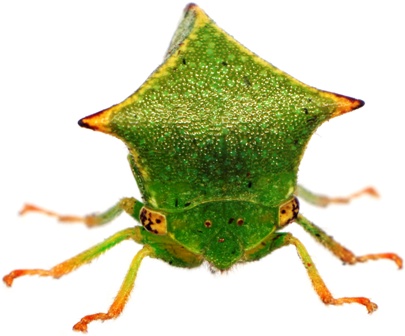- Series:Animals, Plants, Transcript English
Colossians 2:4-5
“And this I say, lest any man should beguile you with enticing words. For though I be absent in the flesh, yet am I with you in the spirit, joying and beholding your order, and the stedfastness of your faith in Christ.”
If, of all the millions of living things on Earth, a few creatures happened to look like something they are not and this helped protect them, we might put it down to chance. However, the creation is filled with too many creatures who practice look-alike deception to put it down to chance.
 Africa’s southern deserts have a plant called living stones. In a desert, any vegetation can be a welcome source of food or moisture. In this setting, a plant that doesn’t look like a plant has an advantage. And living stones look like nothing more than just another rock in the sand. Wasps can be some of the nastiest insects in nature. An insect in Costa Rica called the mantispid looks very much like the feared wasp, even up close. Then again, the hover fly looks like a wasp and sounds like a wasp because the frequency of its wing beats is almost identical to a wasp.
Africa’s southern deserts have a plant called living stones. In a desert, any vegetation can be a welcome source of food or moisture. In this setting, a plant that doesn’t look like a plant has an advantage. And living stones look like nothing more than just another rock in the sand. Wasps can be some of the nastiest insects in nature. An insect in Costa Rica called the mantispid looks very much like the feared wasp, even up close. Then again, the hover fly looks like a wasp and sounds like a wasp because the frequency of its wing beats is almost identical to a wasp.
Treehoppers have a very odd body shape that comes to a point on top. Not only do they look like thorns, but they usually stay on bushes that have thorns, orienting their bodies on the branches just like true thorns. This effectively hides them from hungry birds. Larval plant hoppers use a different form of deception. They attach themselves in groups on branches, orienting their frilly and feathery bodies together so they look like a flower!
The clever forethought and planning involved in nature’s deceptions rule out any thought that these creatures designed themselves.
Prayer:
Lord, I know that the devil knows a great deal about deception, too. I confess that I have been fooled into sin that did not look like sin. Forgive me and make me wiser by Your Word. Amen.
Notes:
“Four masters of deceit.” National Geographic, Mar. 1980. p. 410.
